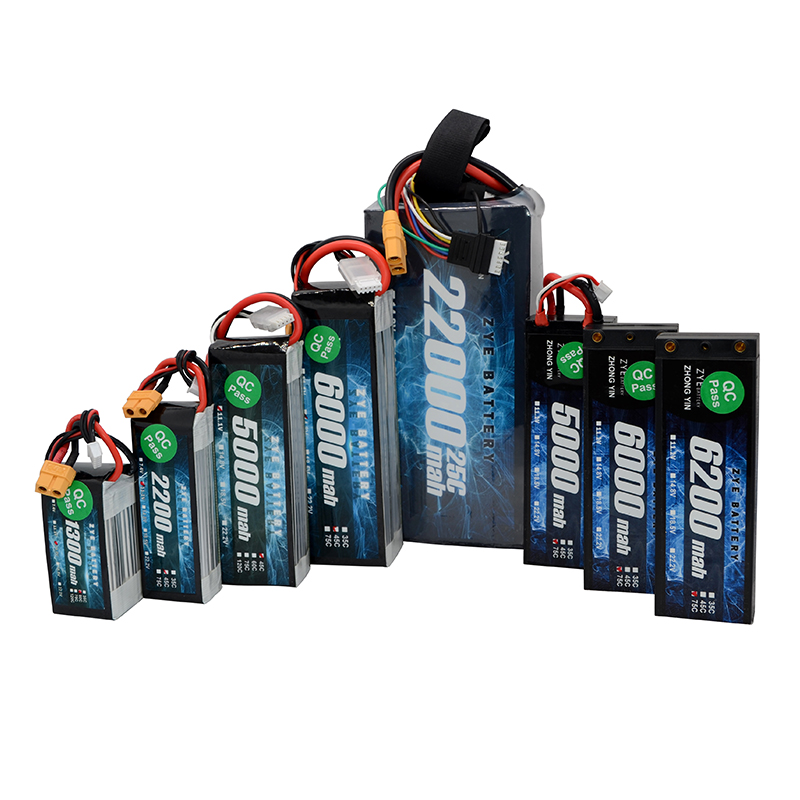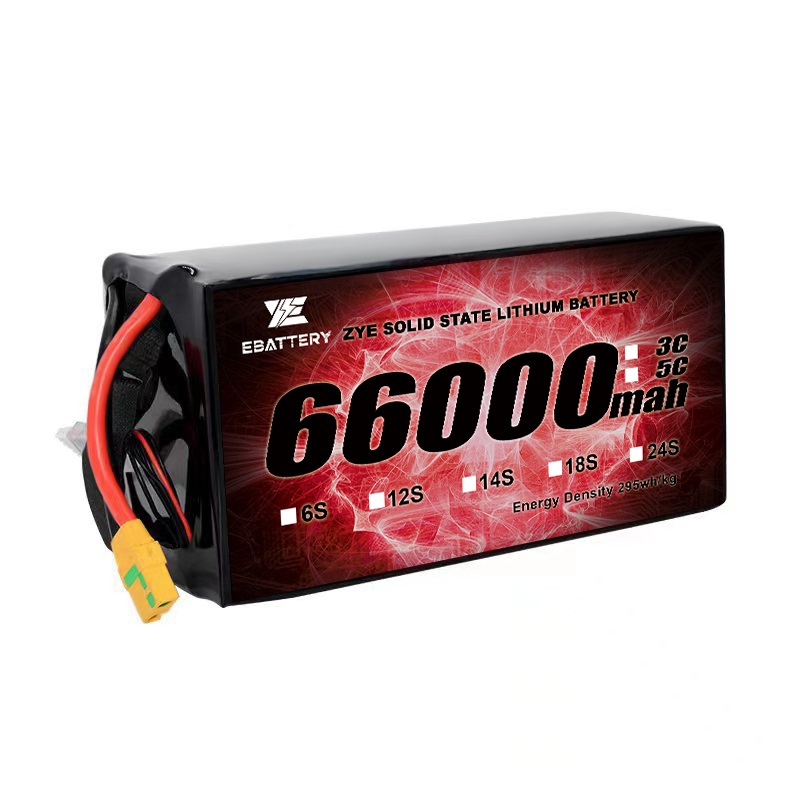How can the internal resistance of semi-solid state batteries be reduced?
2025-09-19
Technological innovations in semi-solid batteries for drones continuously reduce internal resistance and optimize layer thickness. From microscopic ion transport to macroscopic structural innovations, semi-solid batteries are redefining energy storage performance standards through synergistic breakthroughs in lowering internal resistance and optimizing layer thickness.

How do semi-solid electrolytes reduce interfacial resistance?
1. Understanding the key to semi-solid batteries' lower internal resistance lies in their innovative electrolyte composition, which differs significantly from traditional battery designs. While conventional batteries typically use liquid electrolytes, semi-solid batteries employ gel-like or paste-like electrolytes that offer numerous advantages in reducing internal resistance. This unique semi-solid state maximizes efficiency and extends battery lifespan by minimizing factors that cause energy loss.
2. The lower internal resistance of semi-solid batteries stems from a delicate balance between ionic conductivity and electrode contact. While liquid electrolytes generally exhibit high ionic conductivity, their fluid nature can lead to poor electrode contact. Conversely, solid electrolytes provide excellent electrode contact but often struggle with low ionic conductivity.
3. In semi-solid batteries, the gel-like viscosity of the electrolyte promotes a more stable and uniform interface with electrodes. Unlike liquid electrolytes, semi-solid electrolytes ensure superior contact between electrode and electrolyte surfaces. This enhanced contact minimizes the formation of resistance layers, enhances ion transfer, and reduces the battery's overall internal resistance.
4. The semi-solid nature of the electrolyte helps address challenges associated with electrode expansion and contraction during charge and discharge cycles. The gel-like structure provides additional mechanical stability, ensuring electrode materials remain intact and aligned even under varying stresses.
Thickness Design of Electrode Layers in Semi-Solid Batteries
Theoretically, thicker electrodes can store more energy, but they also pose challenges regarding ion transport and conductivity. As electrode thickness increases, ions must travel greater distances, potentially leading to higher internal resistance and reduced power output.
Optimizing the thickness of semi-solid battery layers requires balancing energy density with power output. Approaches include:
1. Developing novel electrode structures that enhance ion transport
2. Incorporating conductive additives to improve conductivity
3. Employing advanced manufacturing techniques to create porous structures within thicker electrodes
4. Implementing gradient designs that vary electrode thickness composition and density
The optimal thickness for semi-solid battery layers ultimately depends on specific application requirements and trade-offs between energy density, power output, and manufacturing feasibility.
The layer thickness design of semi-solid batteries similarly subverts conventional wisdom.
By achieving a delicate balance between thin electrolyte layers and thick electrode layers, it simultaneously enhances both energy density and power performance. This innovative “thin electrolyte + thick electrode” architecture stands as a defining characteristic distinguishing it from conventional batteries.
The electrolyte layer evolves toward ultra-thin and high-efficiency designs.
The total thickness of the electrolyte in semi-solid batteries is typically controlled between 10-30μm, representing only 1/3 to 1/5 of the composite thickness of the separator and electrolyte in traditional liquid batteries. The solid-state skeleton component measures 5-15μm thick, with liquid components filling the gaps as nanoscale films to form a continuous ion transport network.
Research indicates that maintaining an electrode-to-electrolyte thickness ratio between 10:1 and 20:1 achieves optimal balance between energy density and power performance. This allows for enhanced energy density through thick electrodes while ensuring rapid ion transport via thin electrolytes. This optimized ratio enables semi-solid batteries to achieve a leap in operational time per charge—extending from 25 minutes to 55 minutes in applications like agricultural drones—while maintaining excellent fast-charging capabilities.
Conclusion:
The lower internal resistance of semi-solid batteries represents a significant advancement in energy storage technology. By combining the benefits of both liquid and solid electrolytes, semi-solid designs offer a promising solution to many of the challenges faced by traditional battery technologies.
As research and development in this field continue to progress, we can expect to see further improvements in semi solid batteries performance, potentially revolutionizing various industries that rely on efficient and reliable energy storage solutions.
























































